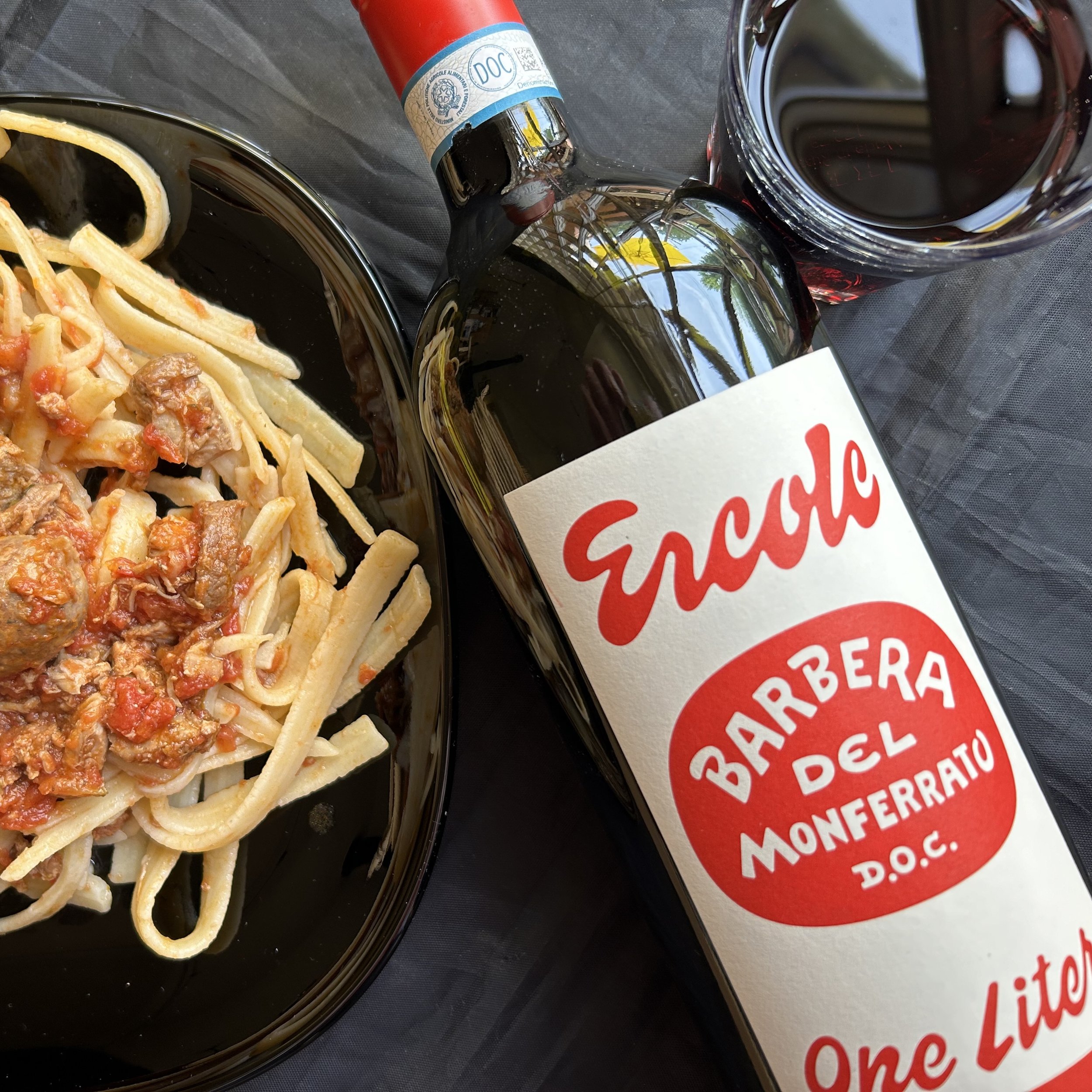BARBERA
Barbera is found throughout Italy, but it shines in its (thought-to-be) native province of Piedmont (Piemonte, in Italian). It has many names, or clones, the three most favored being Barbera d’Alba, Barbera d’Asti and Barbera del Monferrato – all three DOC wines.
Barbera d’Alba has the most complexity and power of the three, and the deepest color. That of Asti, the greatest finesse and grace. And that of Monferrato, like Barolo from the same area, is the firmest and longest-lived of the three.
It is an extremely ancient grape, allusions to it dating back to the mid-600s A.D. Though Nebbiolo is the crown prince of Piedmontese winemaking, Barbera in fact accounts for just over half the wine made in the area (Nebbiolo, for a mere 6%). And the Piedmontese themselves prefer it over Nebbiolo as a more accessible, everyday wine.
In the past 20 years, Barbera has been the center of the same debate over Nebbiolo: whether traditional methods of winemaking are to be preferred – or never – over modern. As a result, a great deal of Barbera finds its way into French oak barriques, to which it surprisingly takes very well (the same cannot always be said about Nebbiolo). Perhaps its straightforward, buoyantly fruity, vibrant, juicy, sappy style is better suited to barrique-aging than the more perfumed, exotic, leaner Nebbiolo.
Barbera tastes preeminently of cherries (sometimes red, sometimes dark bitter) and, when barrique-aged, carries hints of spice and vanilla and sports a plush, round texture. (It is always low in tannin.)
Given any treatment, or by any winemaking method, Barbera has one thing in buckets that makes it a fine tablemate: bracing, zesty, enlivening acidity. That makes it very adaptable for meals, for anything from bagna cauda (the famous Piedmontese vegetable dipping dish of warmed olive oil, anchovies, garlic and butter), various pasta preparations & pizza, to mushroom-based dishes and pork roasts, bollito misto and veal.
Recommendation: Sometimes a red wine description is all “red cherries” and “fresh berries,” just a listing of tastes and aromas. That’s all well & good, but when a red wine is as friendly to the table as Ercole’s 2022 Barbera del Monferrato, my description is mostly about its texture: juicy and vibrant, with Barbera’s famed tang of acidity and can’t-see-’em tannins to prep the palate for the next—and the next and the next—bite. That it arrives to that table in a liter-sized bottle for around $20 makes it even more appetizing & delicious.
